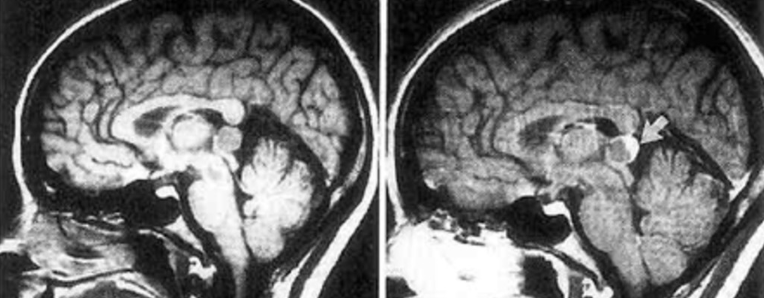A three-part intervention is practical to implement and effective in reducing postoperative UTIs in patients who have undergone pelvic reconstructive surgery.
Risk for UTI is increased with short-term catheterization, a requirement for 25% to 51% of patients who undergo pelvic reconstructive surgery. With the goal of decreasing postoperative UTIs in female patients with transurethral catheters, Rui Wang, MD, and colleagues developed a clinical practice quality improvement protocol that involved modifying the timing of repeating voiding trials, urine cultures, and patients’ water intake. Their proof-of-concept study, published in The Journal of Obstetrics and Gynaecology of Canada, shows that the three-part intervention is practical to implement and effective in reducing postoperative UTIs in patients with urinary catheters.
“High rates of UTI add to increasing antibiotic resistance in our communities,” says Dr. Wang. “We hypothesized that our quality improvement protocol, which was designed by members of the Female Pelvic Medicine and Reconstructive Surgery division, would decrease incidence of postoperative antibiotic-treated UTIs without additional burden on healthcare resources.”
Study Cohorts & Procedures
Two cohorts of female patients were studied with similar characteristics: A pre-intervention group of patients who underwent procedures between June and September 2019 and a post-intervention group who underwent procedures between December 2019 and February 2020. Participants underwent prolapse repair and/or anti-incontinence procedures, and all the patients had been diagnosed with postoperative urinary retention (POUR).
Prior to catheter removal, retrograde voiding trials were performed by instilling 300 mL into patients’ bladders. Passing was defined as voiding at least 200 mL.
“In prior studies, we found that when patients requiring short-term catheterization postoperatively presented for a repeat voiding trial, 80% had urine culture sent and 60% received treatment for UTI,” says Dr. Wang. “Urinary complaints with a catheter are similar to UTI symptoms: urgency, urethral discomfort, and burning, and may contribute to over-diagnosis and over-treatment.”
UTI Reduction Protocol Specifics
“Patients requiring postoperative transurethral catheters underwent three interventions: 1) shortening the time to repeat voiding trial to 3-5 days for pelvic reconstructive surgeries and to 1-3 days for mid-urethral slings; 2) avoiding routine urine cultures at the time of voiding trials; and 3) recommending 2L of water daily until 3 days after the voiding trial,” says Dr. Wang. “The primary outcome was the percentage of patients receiving antibiotics for UTIs within 6 weeks.”
The authors chose to shorten the time between hospital discharge and the repeat voiding trial because previous studies had shown that it does not worsen outcomes. The rationale for limiting the number of urine cultures sent at the time of voiding trials was to avoid overdiagnosis of catheter-associated UTIs due to evidence indicating that bacteriuria resolves following catheter removal in some postsurgical patients. However, patients with persistent symptoms suggestive of a UTI were reassessed. High fluid intake was a low-risk intervention aimed at reducing the concentration of bacteria in the bladder.
Improved UTI & Antibiotic Use Rates
After use of the protocol for 6 weeks following surgery, there was a decrease from 65% to 40% in rates of antibiotic treatment for UTIs among patients with POUR who required catheterization (P=0.04). Significant decreases also were seen in UTI symptoms and cultures (P=0.04 and P=0.005, respectively). The rate of patient adherence to increased hydration was high (84%). Rates of failing office voiding trials were similar before and after the intervention (9.7% and 11.0%; P=0.75).
Says Dr. Wang, “In terms of relative risk, UTI diagnoses were 2.04 times more likely before the intervention than after the intervention. Overall, use of the protocol also led to a 43% decrease in phone calls, from 3.0 to 1.7 per patient, and there were no increases in office visits or emergency room visits (TABLE).”
Clinical Implications & Future Directions
Dr. Wang notes that the evidence-based protocol was easy to implement and straightforward, with what she terms “excellent” adherence by staff and patients. “We believe that this protocol promotes good antibiotic stewardship,” she says. “Future studies should focus on other clinical changes that may further reduce the rate of UTIs, such as identification of risk factors, improvement in pre-operative screening, use of various catheter types or catheterization methods and the potential of non-antibiotic prophylaxis.”





















Create Post
Twitter/X Preview
Logout